|
Probably the easiest bird to identify is the Northern Cardinal. A non-migrataory and non-molting bird, its bright red body and upright crest makes it stand out through all the seasons. This bird is so loved it has been named the state bird for seven different states (more states than any other bird) - Ohio, Indiana, Illinois, Kentucky, West Virginia, Virginia, and North Carolina; the meadow-lark comes in second being represented in 6 different states!
There is much folklore and symbolism surrounding these birds, what I've always heard (but can't seem to find in any of my books on symbolism) is when a cardinal comes to your yard, it's a loved one who has passed on coming to visit. I've always found that to be comforting and many a cardinal I have talked to as if they were my late loved ones. The bright red color of the cardinal reminds us to take charge, be bold, have courage to stand out, be proud of yourself and your achievements. Add color to your life, and remember that everything you do is of importance.
0 Comments
*Original post 2017*
Now there are many, many thoughts, opinions, and whatnot about guns and hunting but let's just take a moment to understand why there is a hunting season.
Happy hiking! I've been watching this grove of burning bush for a couple of years now. Last year an ice storm and snow hit before any prominent red could show on the leaves leaving them a pale yellow. In my reading I read where when this plant gets overcrowded (like in a dense grove) it no longer changed color, so I assumed that's what happened.
This year, however, the conditions have been most ideal for this highly invasive shrub and the grove has turned into a terribly beautiful surrealscape. Like cherry blossoms in spring, bursts of pink can be found at every turn. While I wish this property was better managed, it has proven to be an invaluable resource in studying invasives (privet, burning bush, o. Bittersweet, etc). Silver linings I guess. *Original post 2018* The fall leaves have fallen, opening the canopy to a wide variety of sights. One of the most easily noticeable is the bright yellow casing with the bold red berry of the Oriental Bittersweet found vining around any number of things - trees, fences, anything it can climb.
It was brought to the states in 1860 from China as an ornamental plant, its berries looking (unfortunately) lovely as fall and winter decor. This plant is a fast growing woody vine, growing so fast as to crowd out native vegetation. The vine will climb trees, sometimes girdling (wrapping around and cutting off the flow of water and nutrients to the tree) and killing large trees, but often climbing to the top, blocking out the light for any other plants. This canopy of vines spreads fast (one source stated it can cover an entire acre of forest in only 5-7 years!) creating excess weight on the trees, often heavy snow and ice accumulation will force these trees to fall under the weight. The beautiful fruit with which the plant was brought here for is also attractive to birds and wildlife which aids in the spreading of this dangerous plant. There is a native to the US bittersweet (American Bittersweet) that can be differentiated from the oriental variety in a number of ways. Leaf shape - Oriental has round leaves - American has elliptical leaves Fruit - Oriental fruit capsule is bright yellow-orange & arranged in the leaf axils - American fruit is an orange capsule & arranged only at the end of the vine This plant has both male and female species - the males don't produce berries but still cause the same amount of destruction. To help stop the spread of this invasive plant there are a few things you can do - most importantly DO NOT MOVE THIS PLANT. Fellow DIYers I'm looking at you - I know it's tempting to cut this to use in crafts and wreathes but this is one of the biggest ways the plant spreads. If you find you do have this on your property, cut and treat it before it fruits. Other resources for control can be found at this link. *Originally posted 2018*
Known by a variety of names - burning bush, winged spindle, winged euonymus. Native to Asia it was introduced to the US in the 1860s as an ornamental shrub - the stunning red fall foliage from which it gets its name. In the North Eastern states it has become invasive often over growing its intended planting. Can grow up to 20ft tall and wide if left alone. The images below show a year of the burning bush - winter/early spring - spring green flowers - summer dense foliage - autumn* *the interesting thing about this autumn, one or two things have happened here - notably there is no bright red foliage - prior to the bright red, the leaves turn incredibly pale, at this stage we had quite an ice storm and from there no red has been noted beyond a pale pink in the grove. On further research, when the burning bush gets left to take over, it can stop producing the brilliant red due to age and growing to close to one another. As this is my first year finding and observing this plant, we'll see what the other years bring. The small shoots that were closer to the ground did produce the red coloring, however. We are now taking orders for 2020 calendars!
Chose from: *Through The Woods* *Wooster Memorial Park* *Barnes Preserve* Profits will be donated to the parks (WMP calendar to the Friends of WMP group - Barnes Preserve calendar to the Friends of Barnes Preserve group, TTW calendar to Conservation Groups around Ohio (ODNR, TWC, TNC) Calendars are 8 x 11 wall calendars with stunning color photos. Calendars are $25 each (or 3 for 60!) To pre-order, follow the link to the shop here or send me a message with your information and we'll go from there! All orders will ship in early December to arrive in time to be given as presents (or for you to prepare for 2020). 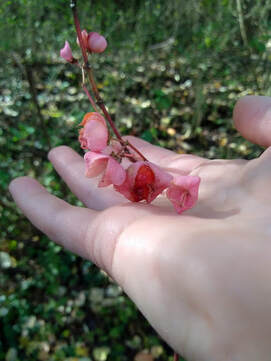 Eastern Wahoo (Euonymus atropurpureus) A native member of the bittersweet family. Grows as a shrub or (rarely) a small tree. Also known under the common name "Burning Bush" (why it's so important to use proper Latin names). Can grow up to 25 ft but is more commonly found around 10-15ft tall. Large ovate leaves. Flowers form in late spring/early summer and resemble those of the "Winged Burning Bush (Euonymus alatus) -invasive" but are dark purple growing in forking cymes of 7-20 flowers, developing from the axils of current or former leaves. 4 spreading petals, 4 sepals, 4 short stamens with yellow anthers, and a pistil with a short stout style (I can relate "short stout style" hah). In fall the leaves turn red, the fruits form in showy red/pink pods (sturdy almost plastic feeling) which split open to reveal scarlet seeds. The name Wahoo is a Dakota Native American term for the plant which literally means arrow-wood. Native Americans also used the powdered bark as a purgative. All parts of this tree/bush are inedible. Some mornings you wake up with all the energy of the world. These mornings everything feels magical, so sharp, so in focus, you can see through the layers of mind clutter that somehow filters the eyes and their perceptions. This was that kind of morning. Every tree stood out as an individual telling its personal story. Stories about the animals its known, the leaves it holds, the nutrients its found. The cat-tails on the pond sway gently remembering the song of the redwing blackbird, watching them you can almost hear the song on the breeze. This past Sunday, Noah and I made our way back up to Summit County to enjoy the beautiful fall day and knock a few more trails off our Hiking Spree forms. Those of you who have been reading this blog for a while know that these parks mean the world to us. Living up there, most of our free time was spent exploring the parks and trails along the Cuyahoga River, we lived very close to the gorge and the giant sandstone cliffs never ceased to amaze and inspire. These parks also spurred Noah's ambition to go back to school and get a degree in Natural Resource and Wildlife Management - which is why we moved back to Wooster - last year he graduated at the top of his class (I'm super proud of him). So, while we don't live in Summit anymore we still make a point to venture up that way and participate in the Hiking Spree and reconnect with all that we love so much. Sunday we hiked a few of my absolute favorites - the Chuckery, the Overlook, and the Glens trails. The hiking was lovely, the weather splendidly fall-like, and the people friendly. But since starting this blog and my journey into meeting and knowing all the plants I come across, I'm amazed at the number and size of invasive species we saw on our hikes. I never noticed, or I never knew before just how bad it was. I had to key out a grove of 8ft tall honeysuckle bushes because I couldn't believe they could get so large, the O. bittersweet was thick around as the trees it's weighing down, and on and on. BUT you can see where teams of (I'm assuming) volunteers have come in and are fighting the good fight, the constant fight, fighting back these overtaking species allowing native species to have a chance. I know that I know just the tip of the iceberg that is park and land management but I'm glad to see the progress being made. With just the little experience I have with invasive species, I know it's a constant ongoing process, an uphill battle, but that moment in the spring when you see one of the early spring ephemerals blooming that hadn't had a chance due to shade of the invasive, then it's worth it. You never know what's waiting, just under the soil, for the right conditions. |
AboutSince 2015 we have been exploring and sharing all the amazing things we’ve found in nature. AuthorEmily is an Ohio Certified Volunteer Naturalist who is most often found out in the woods. Archives
June 2024
Categories
All
|
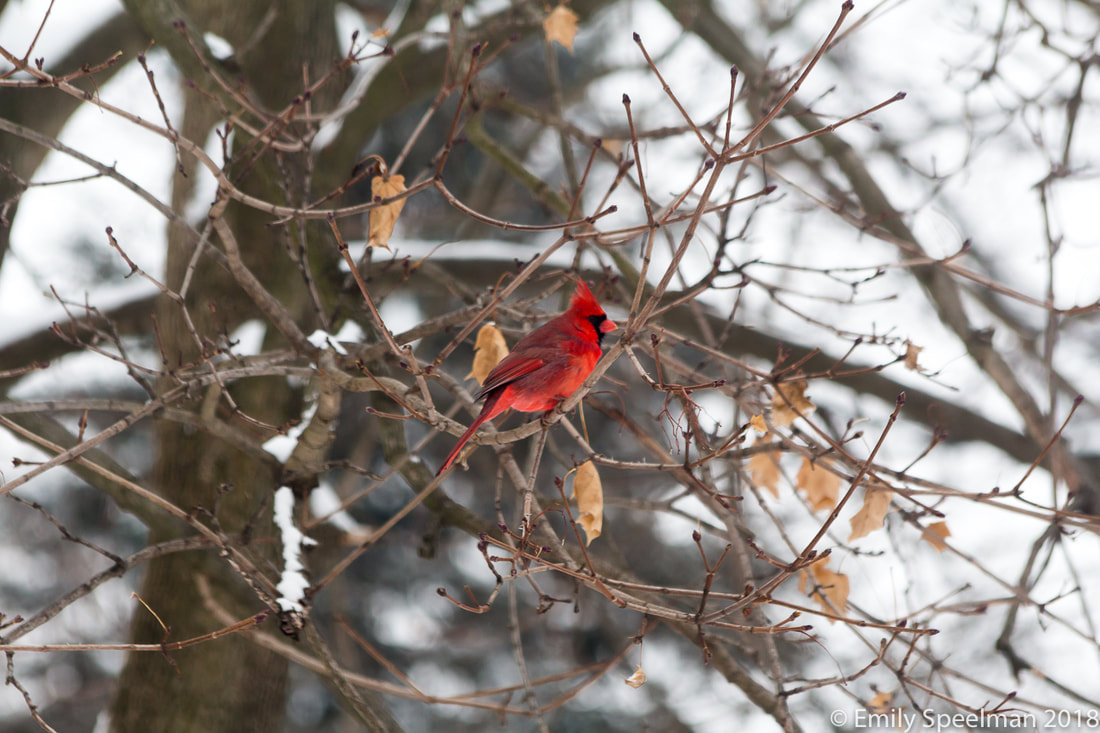
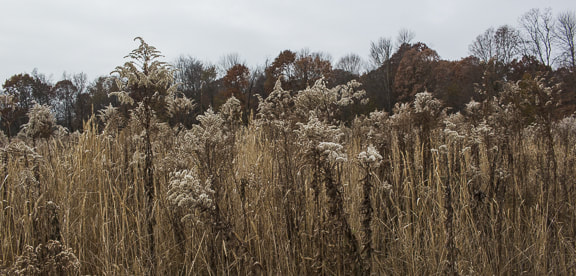


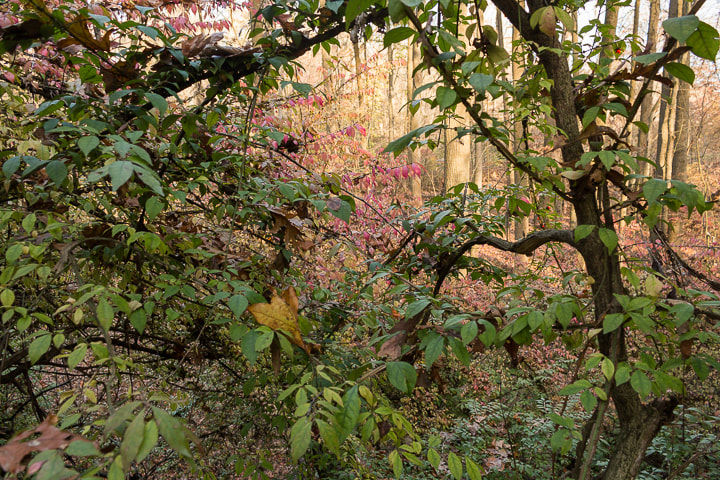

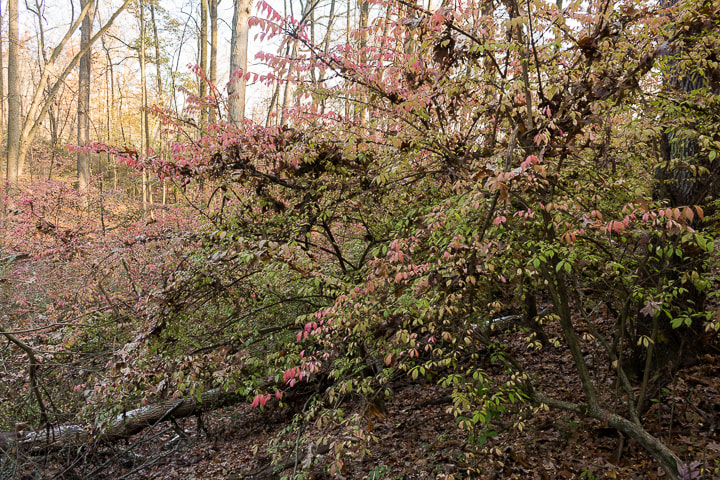






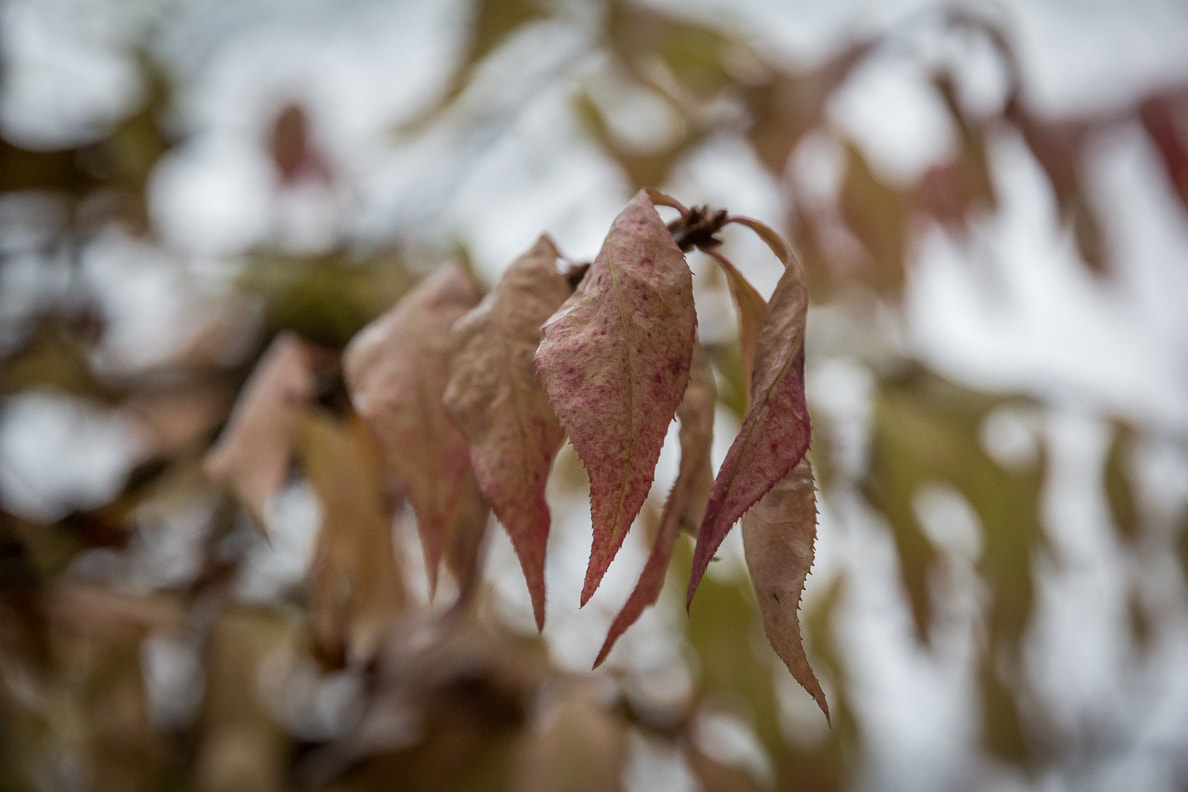
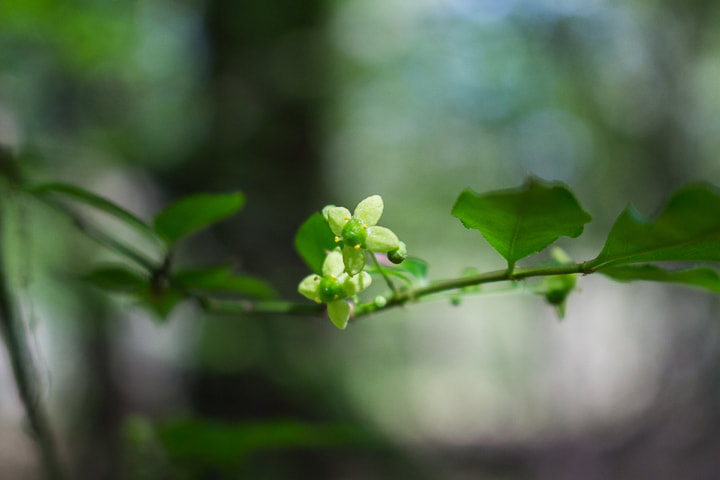





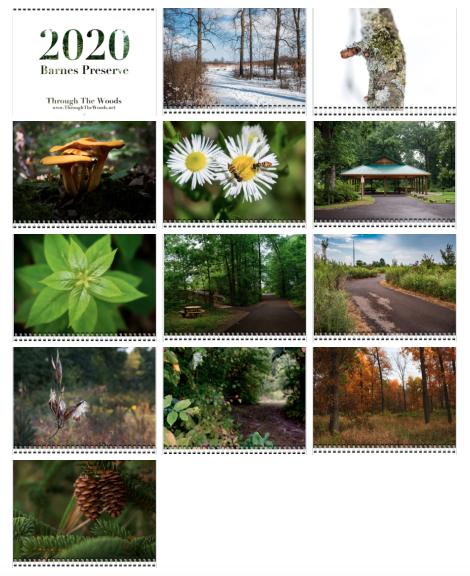
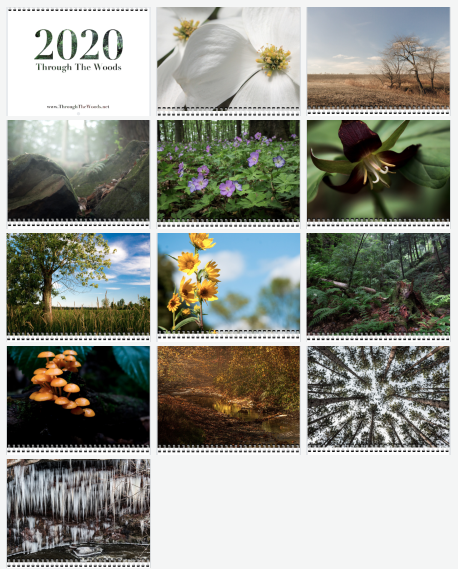

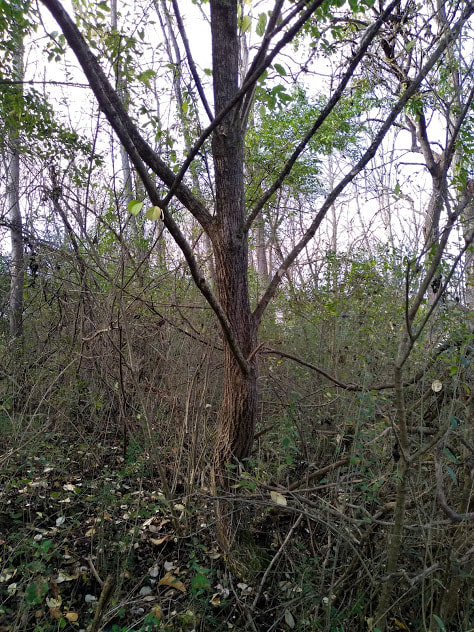

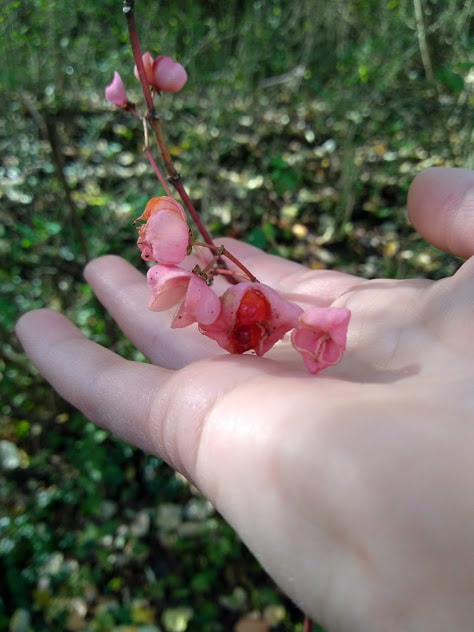
 RSS Feed
RSS Feed